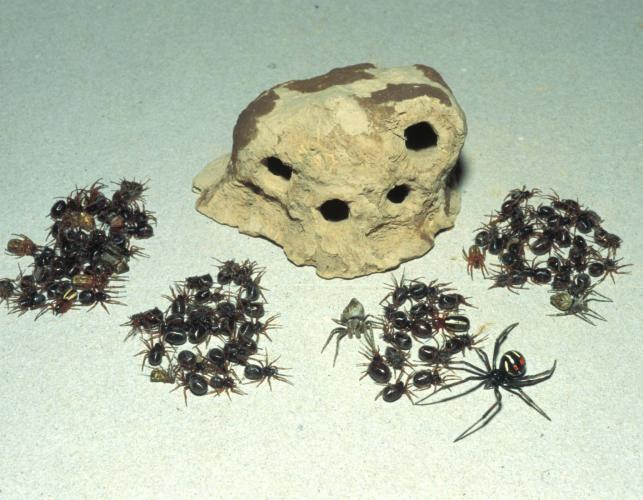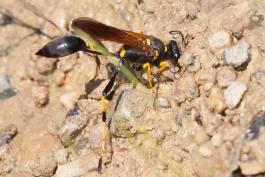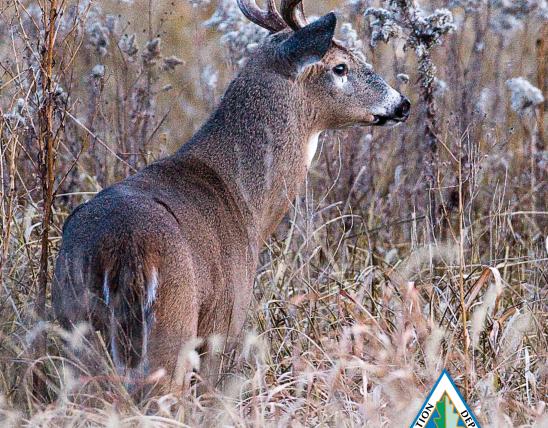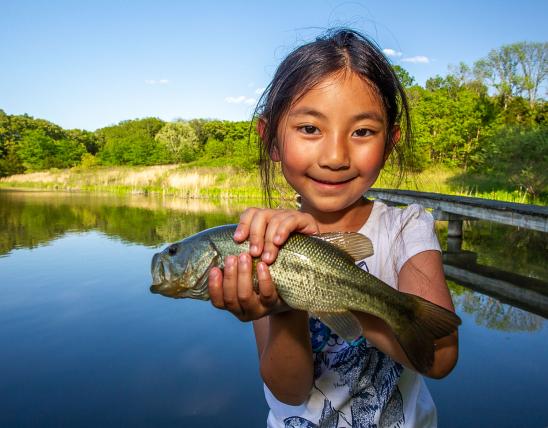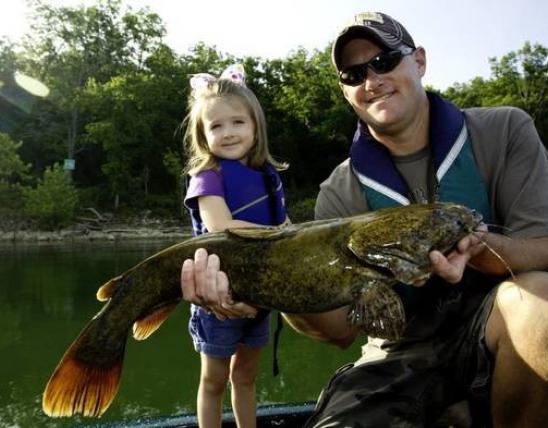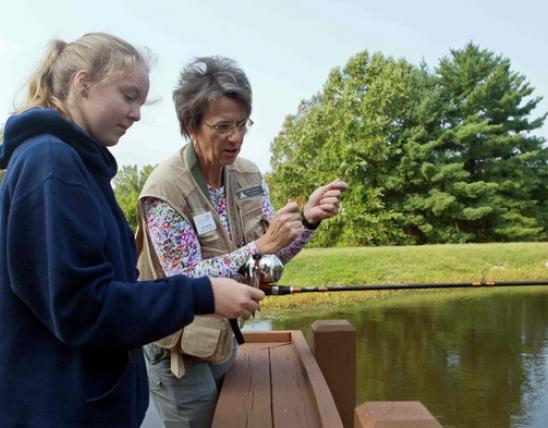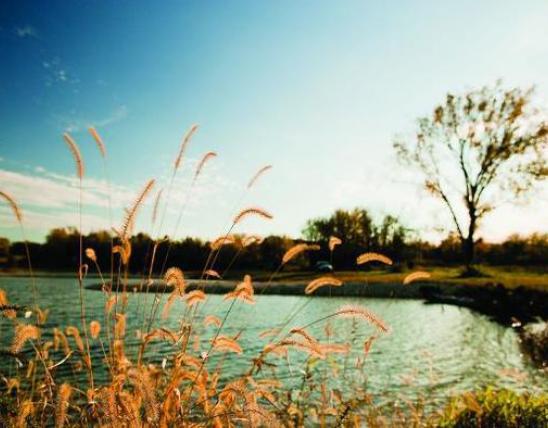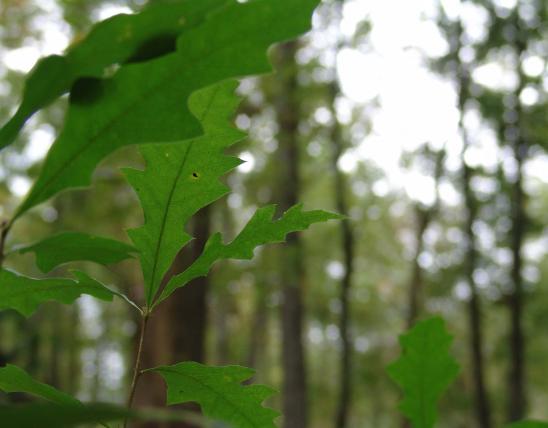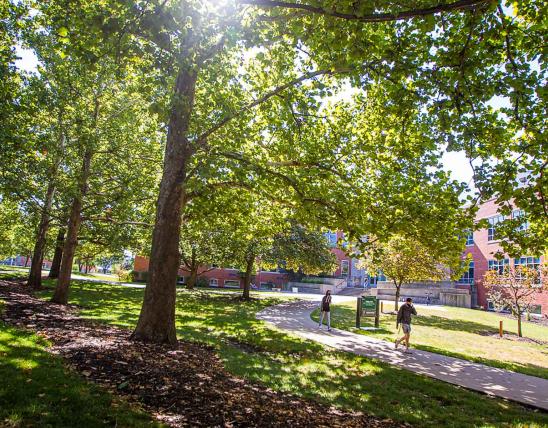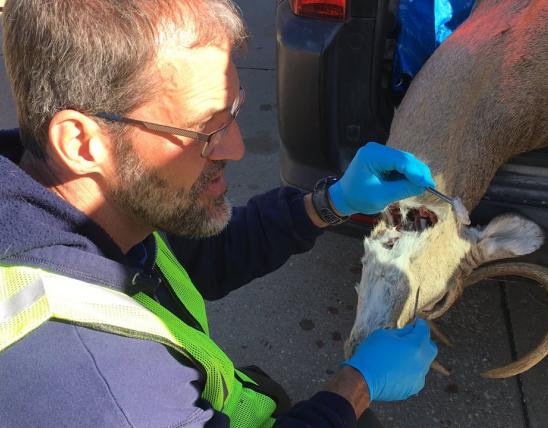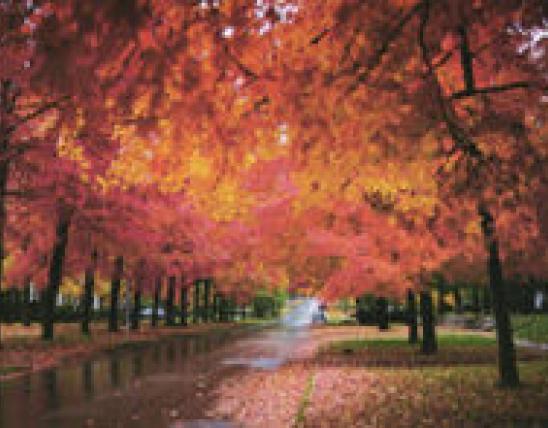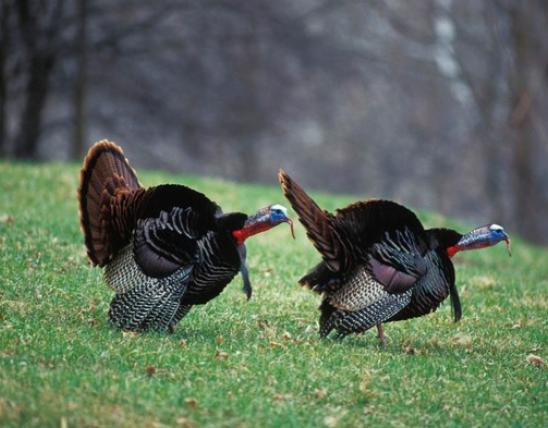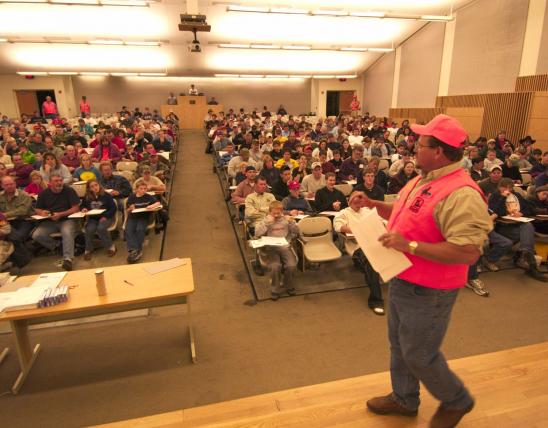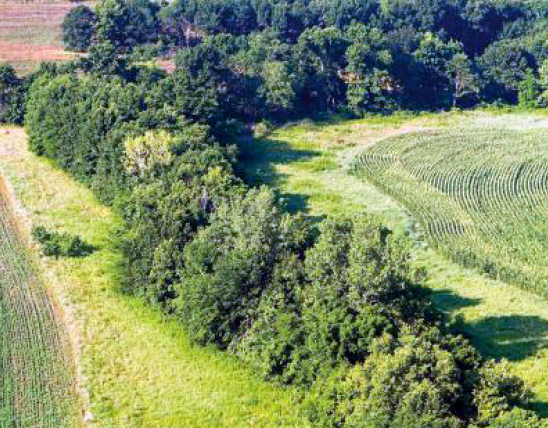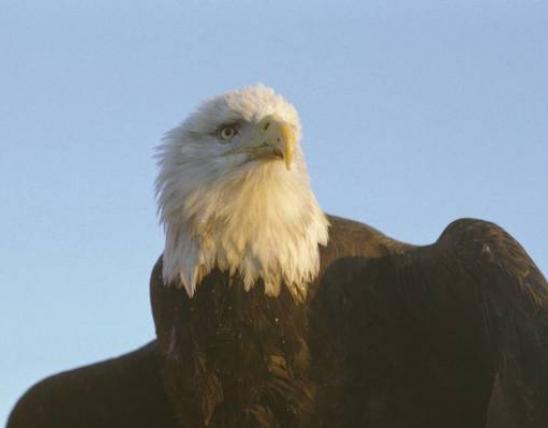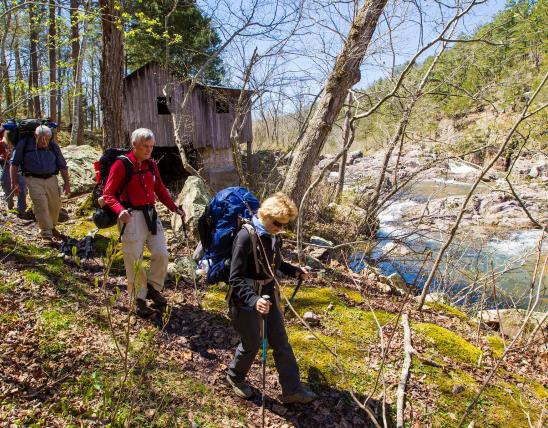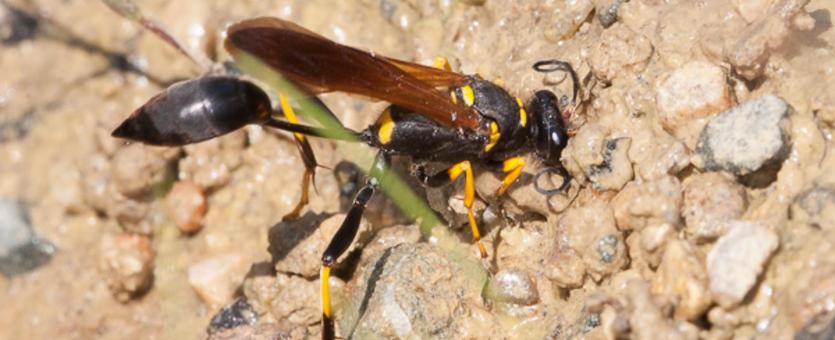
Mud daubers are familiar wasps with narrow or threadlike waists. These solitary wasps belong to a number of related groups, but we call them “mud daubers” because they all build their nests out of mud. You can identify the different species by coloration and by the distinctive nest architecture.
Three species are especially common in Missouri:
- The black and yellow mud dauber (Sceliphron caementarium) constructs nest cells side by side or on top of one another; the final product is rounded and about the size of a lemon or a fist.
- The pipe organ mud dauber (Trypoxylon politum) is black with blue wings, with white “stockings” on the hind legs. It makes vertical, parallel rows of cells; the finished product looks like a pipe organ.
- The blue mud wasp (Chalybion californicum) is a pretty metallic blue; it does not build nests but instead reuses those of one of the other species. Instead of mud, it carries water, which it uses to soften and remodel the mud of the older nests.
Length: about ½ to 1 inch.

Statewide.
Habitat and Conservation
Nests are often seen in barns, garages, and the eaves of houses. Howard Ensign Evans wrote, "the passing of the outdoor privy was a sad day" for mud daubers!
In nature, nests are built in cave entrances, under rock overhangs, and in similar places.
A female carries mud balls from a puddle to the nest site; a cell takes about an hour to construct. Their buzzy "singing" while applying mud to a nest is one of many interesting habits and behaviors you can enjoy.
Food
Mud daubers place paralyzed spiders in the nest cells as provisions for their young. Stinging the spider subdues the spider and also helps preserve it, so when the wasp larvae hatch, they have fresh meat. Black and yellow mud daubers prefer crab spiders and other small, colorful species. Pipe organ mud daubers also provide spiders for their young. Blue mud wasps use large numbers of black widow spiders.
Status
Most people would call these insects beneficial, because they would agree that any natural remedy that reduces black widows around the home is a good thing. Because blue mud wasps (which specialize in hunting black widows) need the old nests of the other two species, consider allowing any mud daubers to build nests where you can tolerate them. Mud daubers reserve their sting only for prey and rarely sting humans (they do so only if handled roughly).
Although other types of wasps may also build nests on your house, note that some are solitary and some are social. The solitary species, such as mud daubers, do not defend their nests like paper wasps, yellow jackets, and other social species.
Life Cycle
All Missouri mud daubers pass the winter as immature individuals in the nests. The black and yellow mud dauber has two generations each summer. Male pipe organ mud daubers are among the few male hymenopterans (ants, bees, wasps) to stay at the nest: A male "stands guard" while a female is away collecting spiders, in order to protect against other insects that might sneak in and parasitize the nest. Mating occurs frequently on her visits to the nest.
Human Connections
Mud dauber nests are usually considered unsightly nuisances on human buildings. However, before you eradicate your mud dauber nests, remember that these relatively harmless insects comb the environment for spiders, including black widows.
Ecosystem Connections
Mud daubers prey on spiders, controlling their numbers. Numerous other insects parasitize their nests, eating their eggs and larvae as well as the spiders intended as their food. Many birds, mammals, amphibians, and reptiles all prey on wasps, as well.

